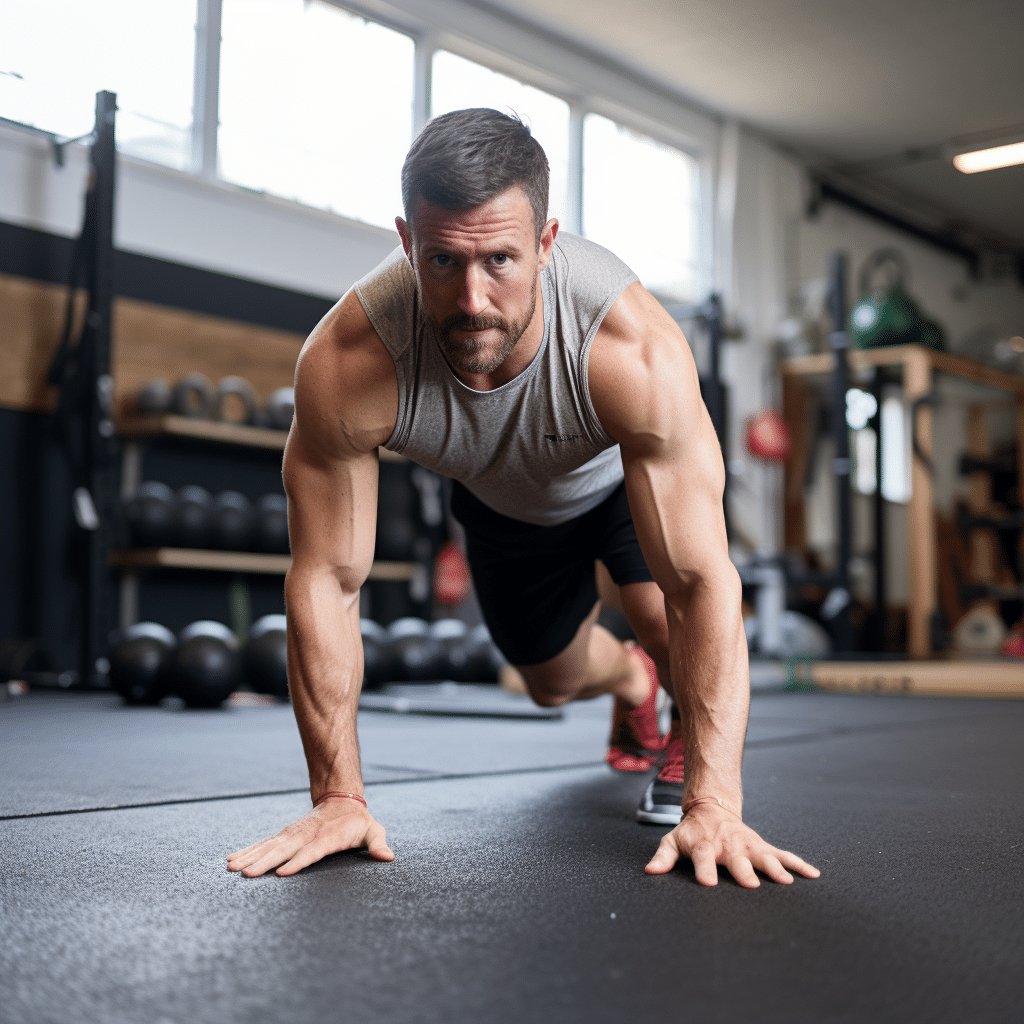Get fit with CrossFit workouts you can do at home, requiring minimal equipment and maximizing results.
Introduction How To Start Crossfit At Home: CrossFit has emerged as a dynamic and popular fitness regimen, celebrated for its ability to deliver exceptional results in strength, endurance, and overall fitness. While many enthusiasts flock to CrossFit gyms to partake in this challenging workout, the idea of starting CrossFit at home has gained significant traction. Whether motivated by convenience, cost-effectiveness, or the desire for privacy, embarking on a home-based CrossFit journey is not only feasible but also highly rewarding. The concept of CrossFit revolves around functional movements performed at high intensity, making it a potent fitness strategy for those seeking comprehensive physical crossfit shoes improvement. One of the compelling advantages of embracing CrossFit in the comfort of your own home is the freedom it provides. No longer constrained by gym hours, commutes, or membership fees, individuals can tailor their workouts to their schedules and preferences, eliminating barriers to consistency. Moreover, the home environment fosters a level of comfort and familiarity that can boost motivation, making it easier to stay committed to a fitness routine. Starting CrossFit at home is not …

